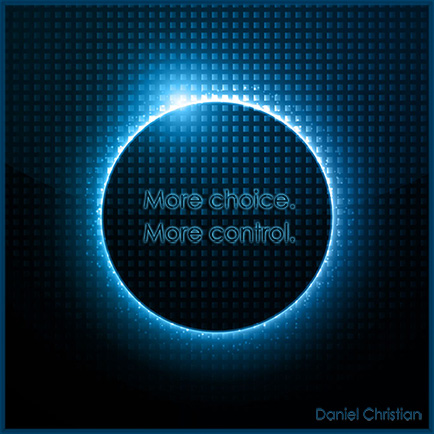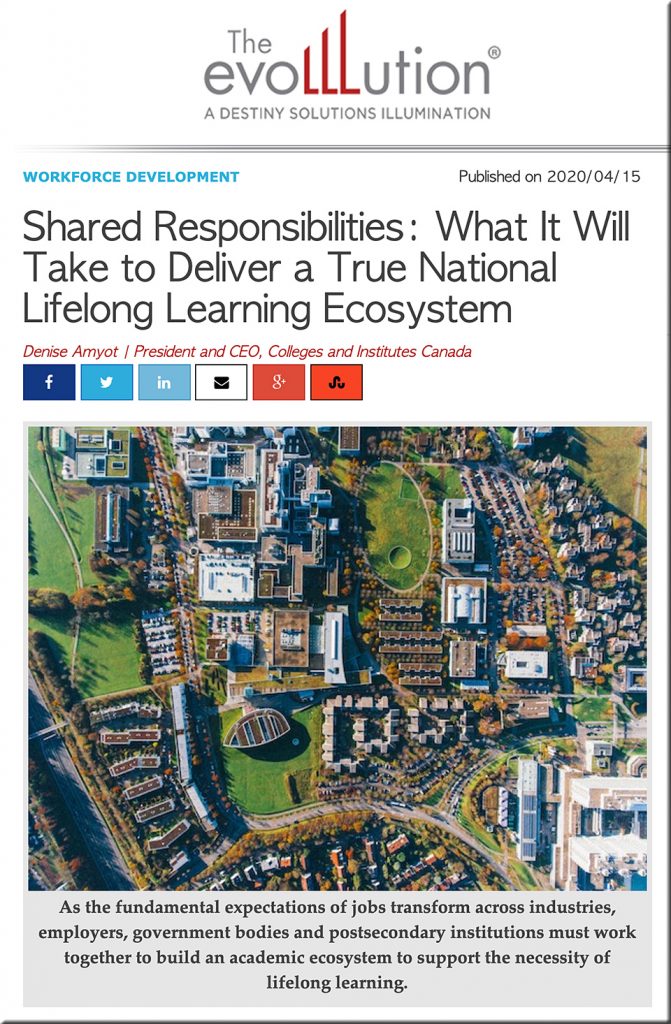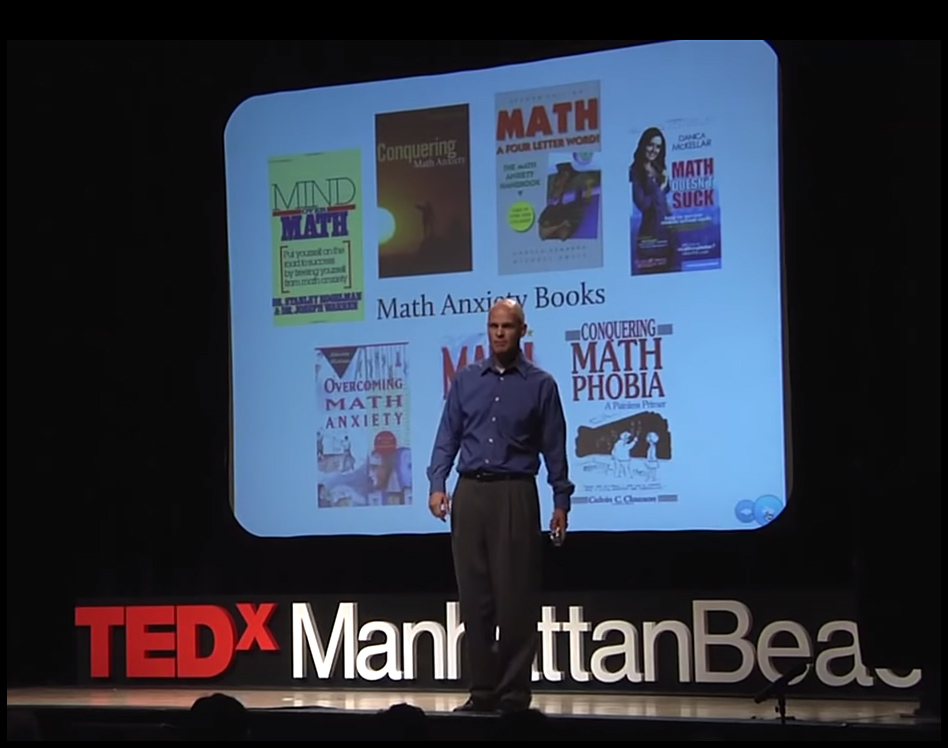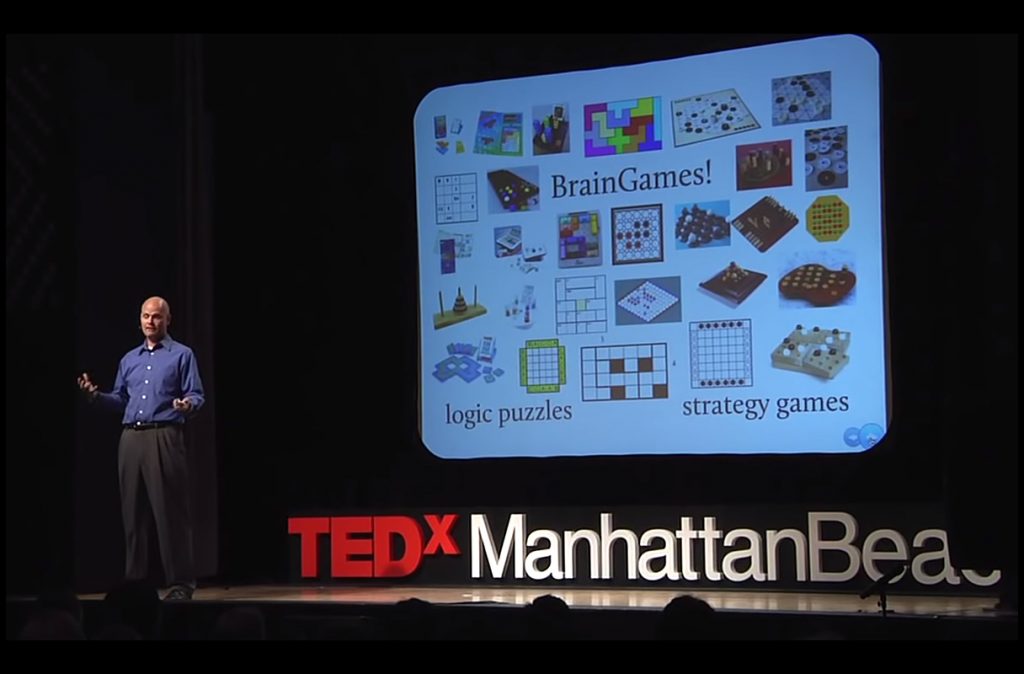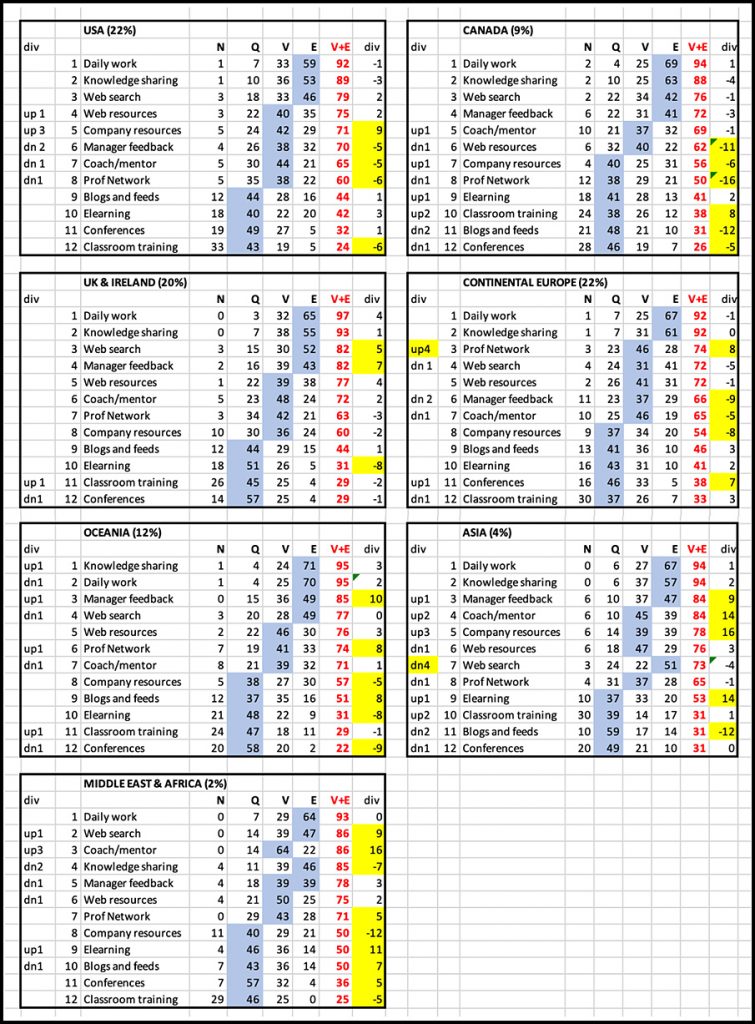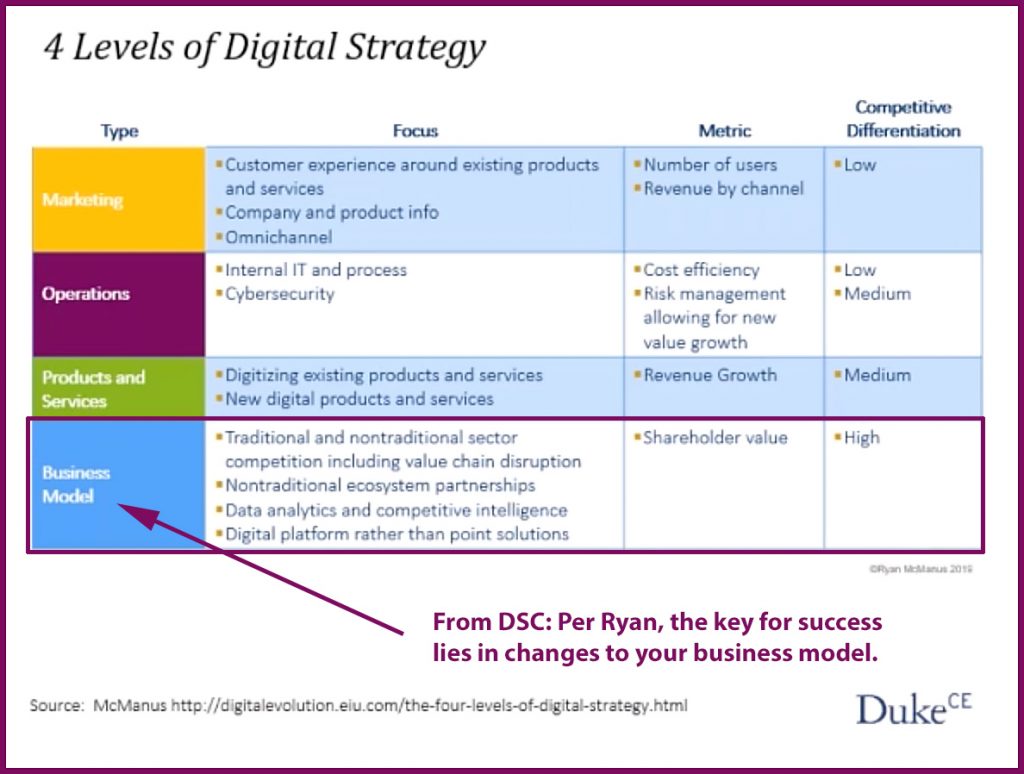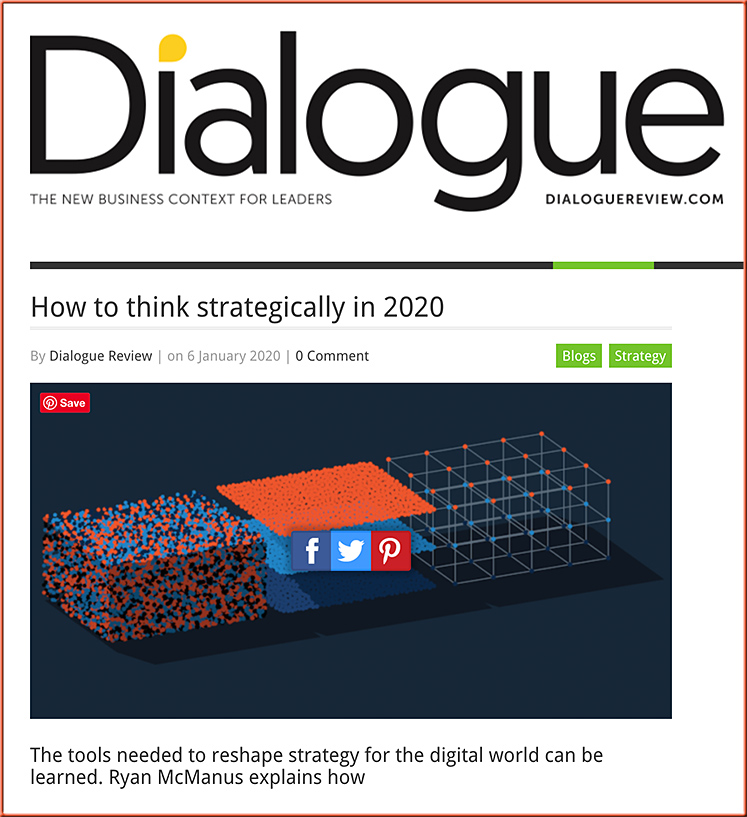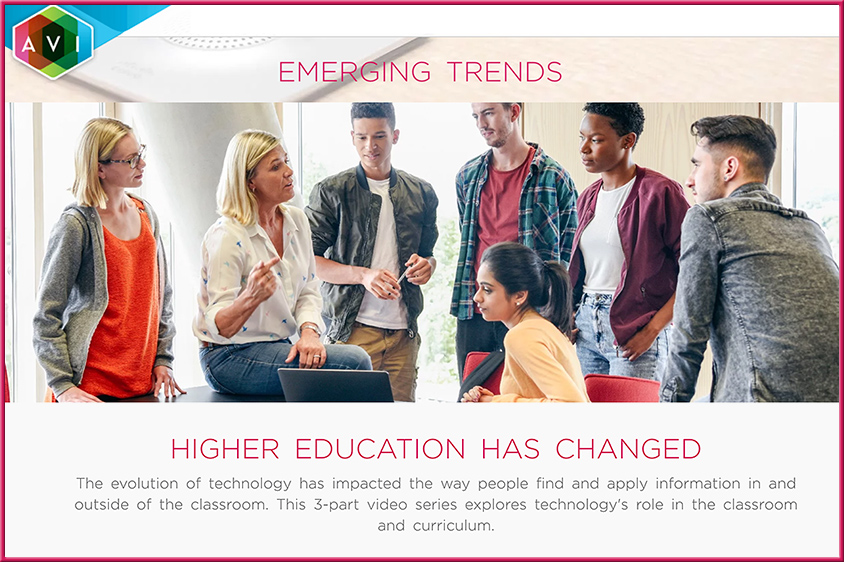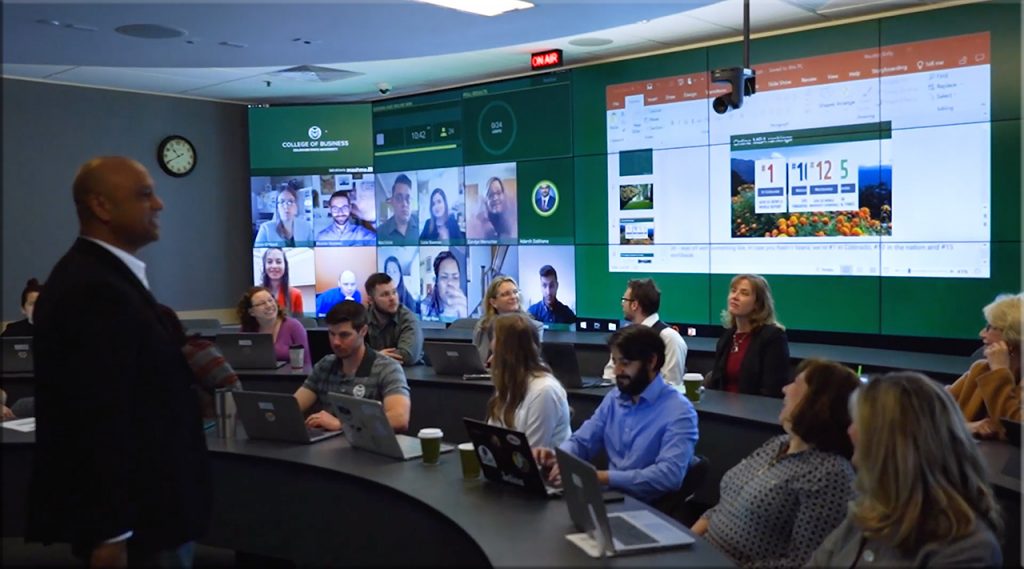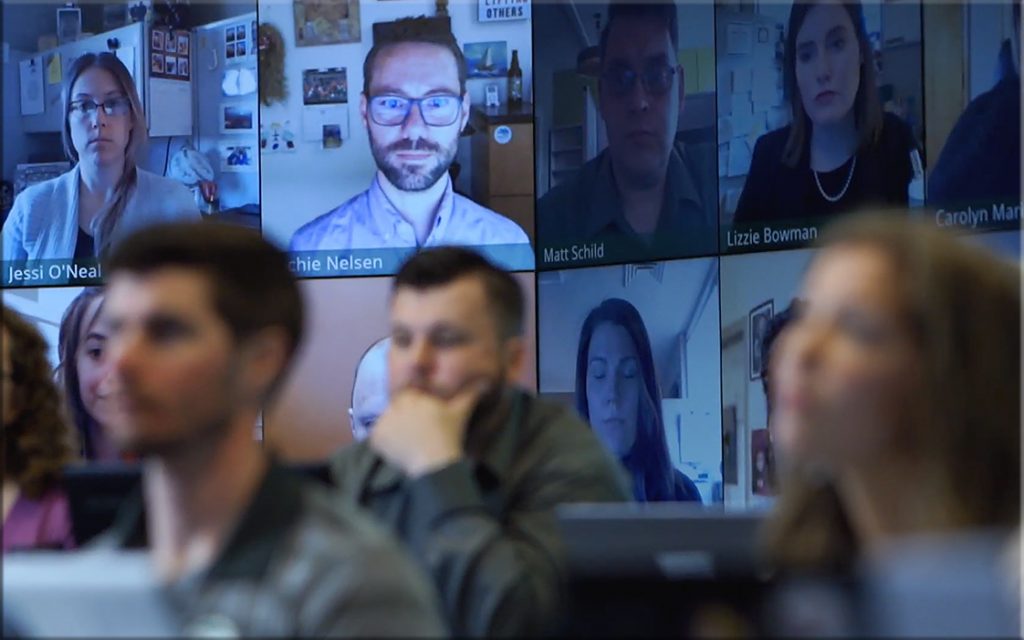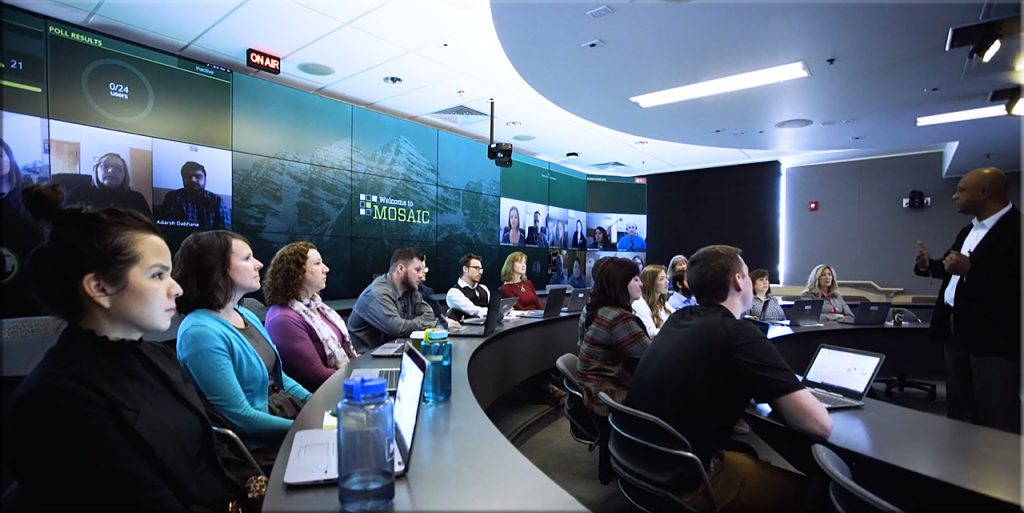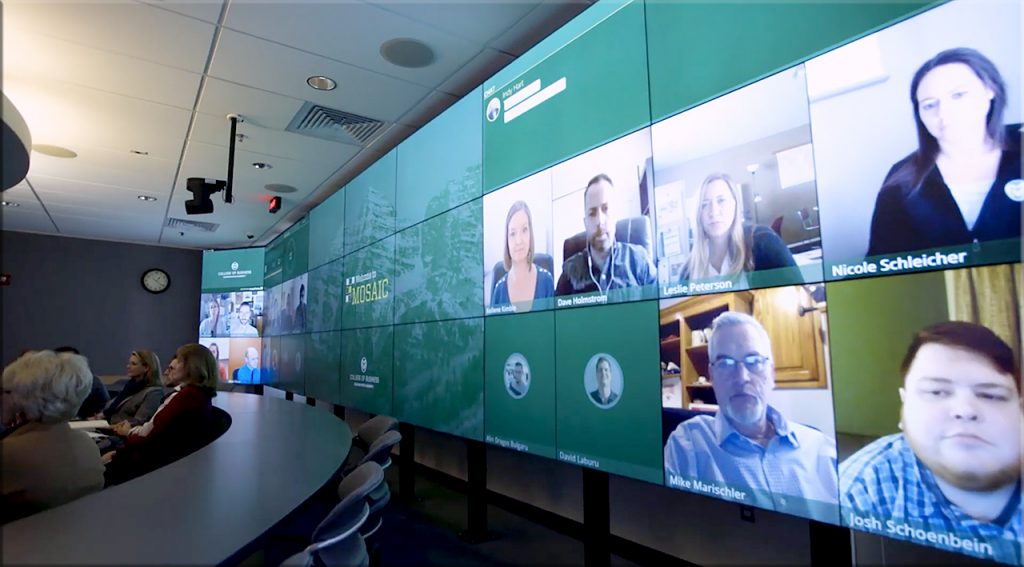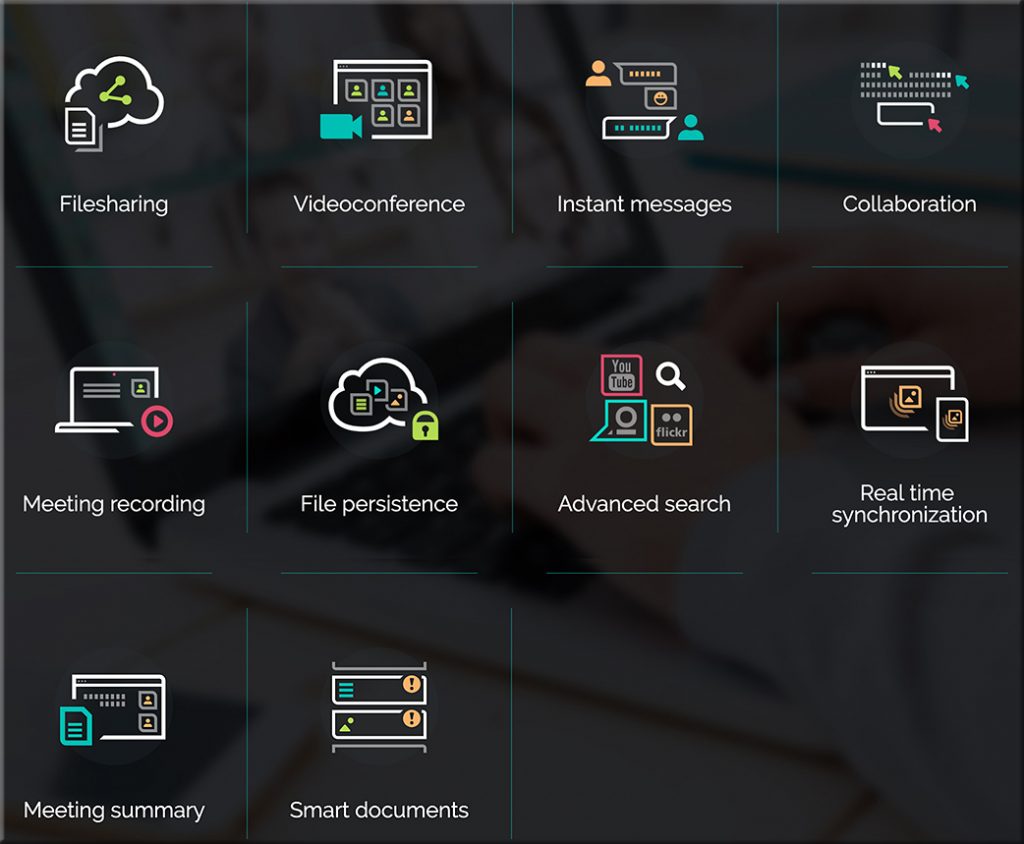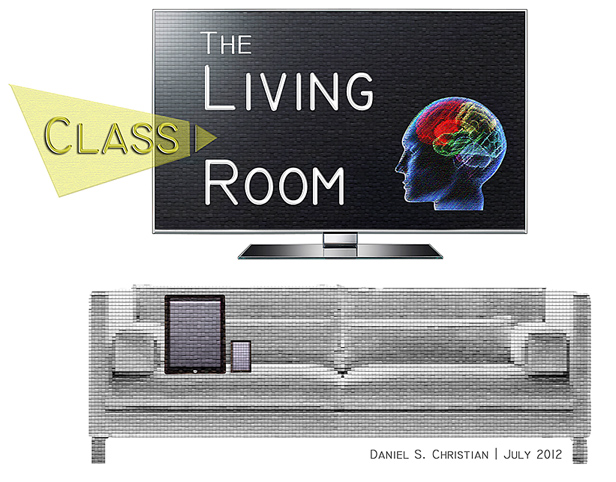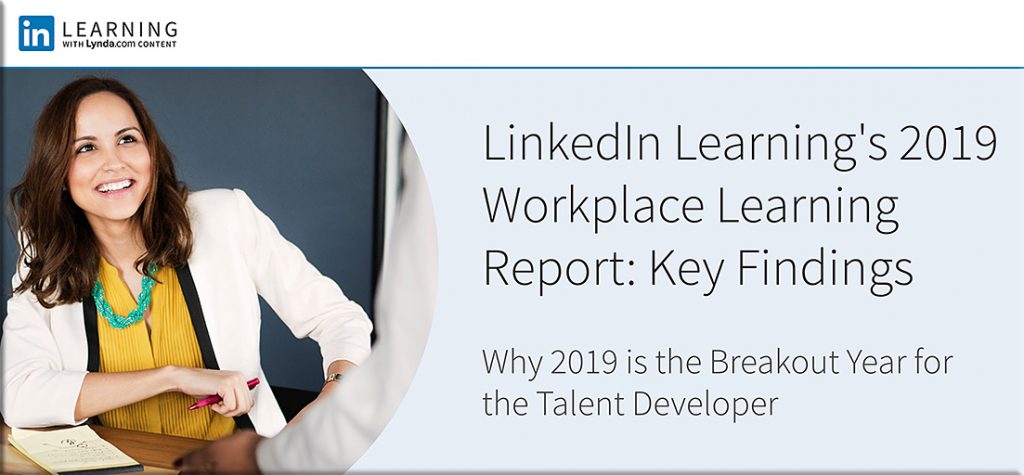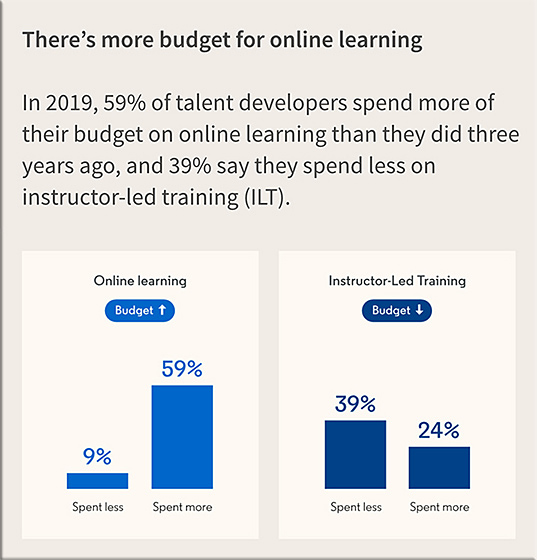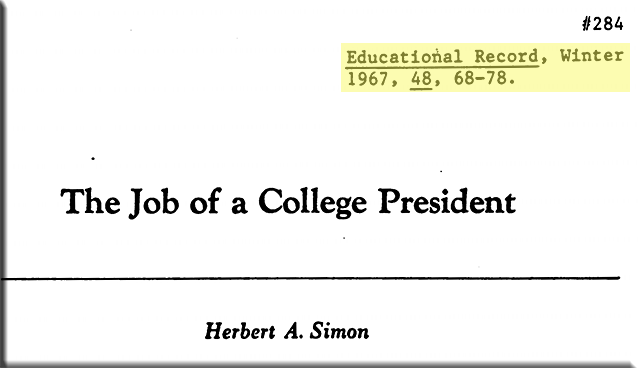From DSC:
NOTE: The K-12 education system that I’m talking about in this posting is the pre-COVID-19 education system.
What Cory Henwood describes here…
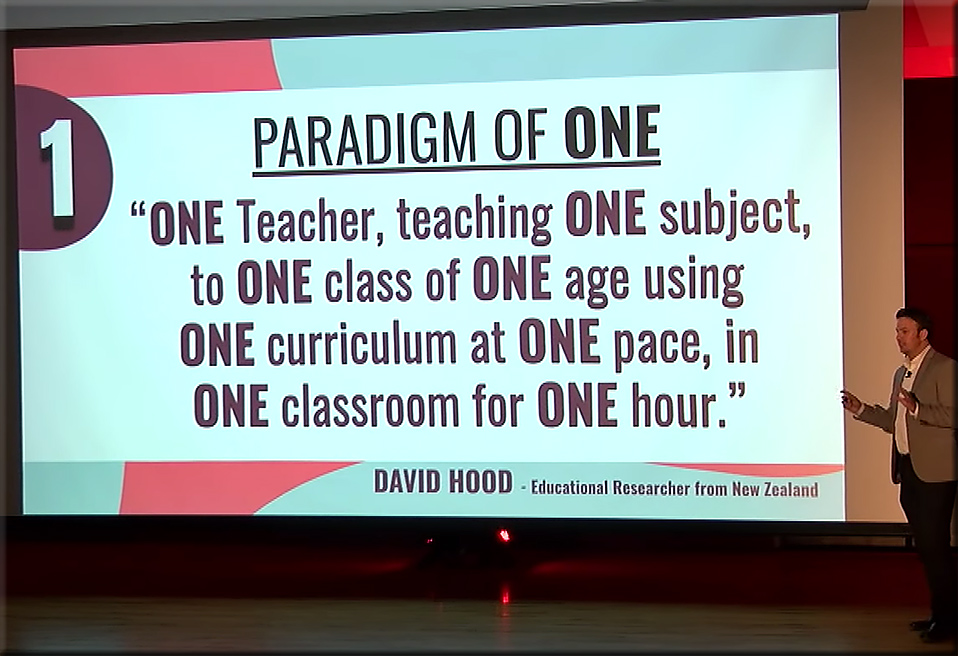
…is what I describe as the quickly moving K-12 education train that stops for no one!

(image source)
This becomes especially troublesome for those on either side of the 80% bell curve. I know about this, as one of our daughters has been living through this phenomenon for years. We are seriously considering homeschooling for her as we want her learning experiences to be more positive ones for her. We want to provide more choice, more control for what she wants to learn about — and the pace at which she can go through those experiences. We want there to be more joy in her learning experiences. This will hopefully help her build more positive perspectives about learning in general.
This is not a mute issue…nor is this a topic that’s focused on just students with special needs. In fact, this topic is relevant to every single student in America — as everyone is now required to be lifelong learners these days. Grades need to diminish in importance. The enjoyment of learning needs to rise.
Note: There were some times in public and charter schools that provided courses and topics of great interest to her, and provided some great joy to her. Plus, there were some incredibly-dedicated teachers and staff that created a team around our daughter. I’m very grateful for them and for their efforts. But positive learning experiences were becoming too few and too far between. The train left the station *for everyone* at such-and-such a time, and stopped *for everyone* at such and such a time. The education system required that she and her classmates move at a certain (high) speed — regardless of their mastery of the content. Teachers know what I’m talking about here…big time.
We need to get to what Cory discusses about when he discusses competency-based education.
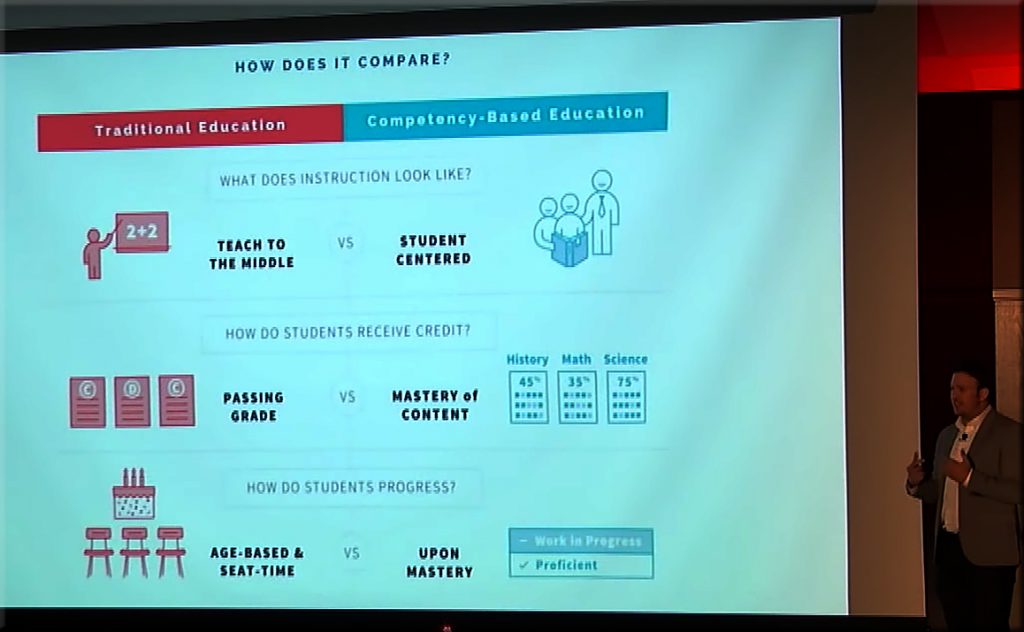
Plus, we need to get to a place where there is:
